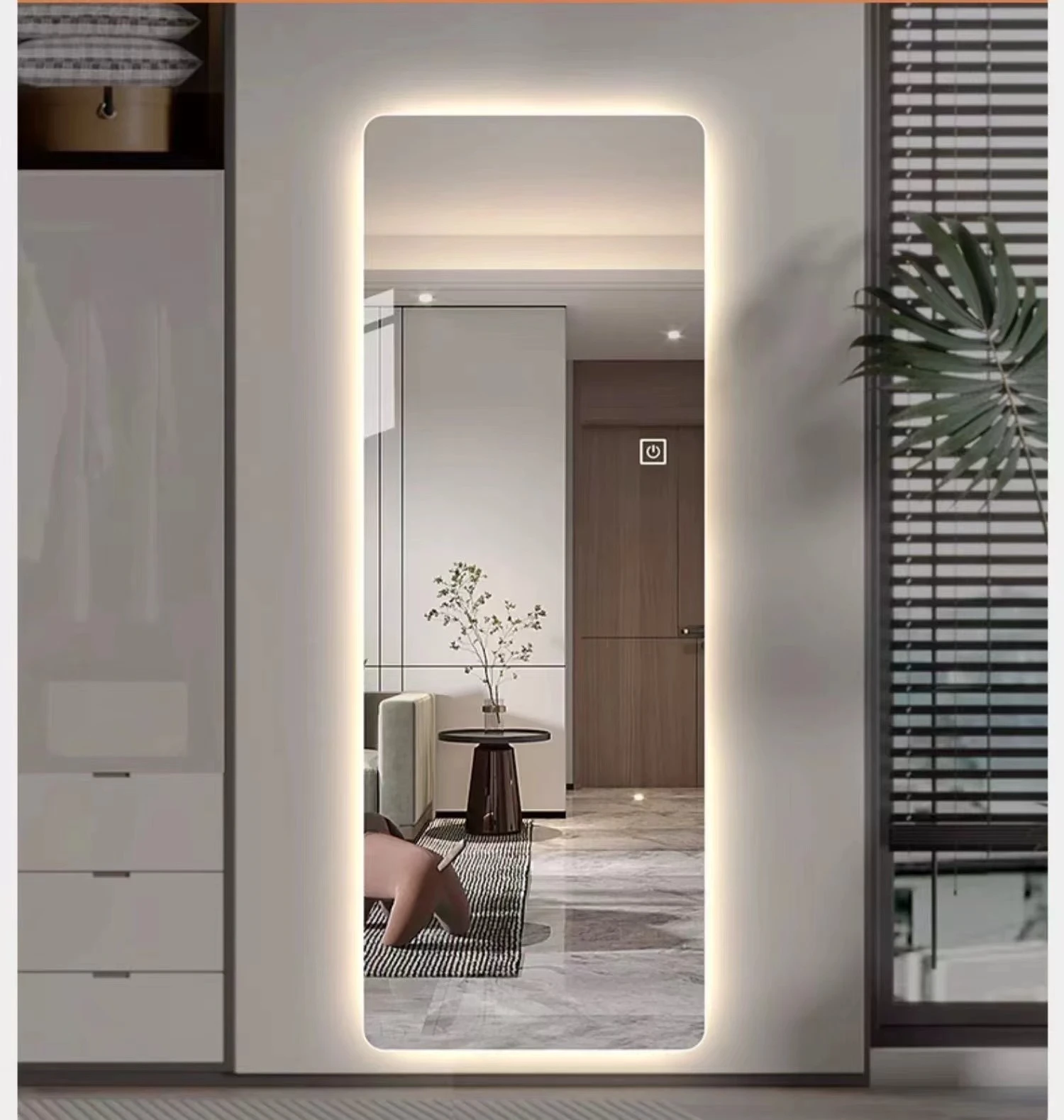

The Beauty and Versatility of Translucent Frosted Glass
In the world of design and architecture, materials play a crucial role in shaping the aesthetics and functionality of spaces. Among them, translucent frosted glass has emerged as a favorite for both residential and commercial applications, valued for its unique properties that blend privacy, light diffusion, and elegance. This article delves into the characteristics, uses, and benefits of translucent frosted glass, showcasing why it has become a go-to material for modern design.
Translucent frosted glass is a type of glass that has been treated or manufactured to diffuse light while maintaining a level of obscurity. Unlike clear glass, which allows for an unobstructed view, frosted glass serves as a barrier against visibility without sacrificing natural light. This balance makes it an ideal choice for various settings, whether it be in homes, offices, or public spaces.
One of the primary advantages of translucent frosted glass is its ability to create a sense of privacy while still allowing light to permeate a space. In homes, it is often used for bathroom windows, shower enclosures, and room dividers, providing an essential layer of confidentiality in intimate areas. Likewise, in office spaces, it can be employed in conference rooms or cubicles where discussions are held, ensuring conversations remain discreet while maintaining an open and airy environment.
Beyond its functional benefits, translucent frosted glass adds an artistic touch to any design. Available in various thicknesses and textures, it can be customized to fit a project's specific aesthetic. For instance, a sandblasted finish offers a more matte appearance, ideal for minimalist designs, while a more patterned texture can add visual interest to an otherwise plain setting. Designers can also mix frosted glass with other materials like wood, metal, or stone to create stunning contrasts and enrich the overall visual narrative of a space.

The versatility of translucent frosted glass extends to its application in architectural elements. It can be used effectively in doors, partitions, and even facades. A frosted glass door not only enhances privacy but also welcomes daylight into the interior, creating bright and uplifting atmospheres. When used in facades, frosted glass can soften harsh exterior lighting, providing a gentle glow while maintaining a contemporary edge. Its ability to reflect and refract light allows for beautiful play of shadows and brightness, making it an architect's dream.
Moreover, translucent frosted glass aligns well with the growing trend of sustainable design. Since it allows natural light to filter through, it reduces the need for artificial lighting during the day, ultimately lowering energy consumption. In the context of energy efficiency, it also aids in thermal regulation, as the frosted surface can minimize heat loss in cooler climates while preventing excessive solar gain in warmer conditions. This dual functionality encourages environmentally conscious designs that prioritize both style and sustainability.
When considering maintenance, translucent frosted glass also stands out as a practical choice. Unlike traditional fabric window treatments that require regular cleaning and can attract dust and allergens, frosted glass surfaces are generally easy to clean with mild detergents and water. Additionally, their durability and resistance to staining mean they can retain their beauty over time with minimal upkeep.
In conclusion, translucent frosted glass embodies the perfect fusion of beauty, function, and sustainability. Its ability to provide privacy while inviting natural light into spaces makes it invaluable in modern design applications. Whether used in a chic bathroom, a stylish office, or an inviting public area, translucent frosted glass enhances the quality of the environment while contributing to a more sustainable future. As architects and designers continue to explore innovative ways to use this versatile material, its popularity is likely to grow, solidifying its role as a staple in contemporary design. It is not just a material; it is a statement of elegance and practicality, bridging the gap between the indoors and outdoors while making every space feel just a little more special.